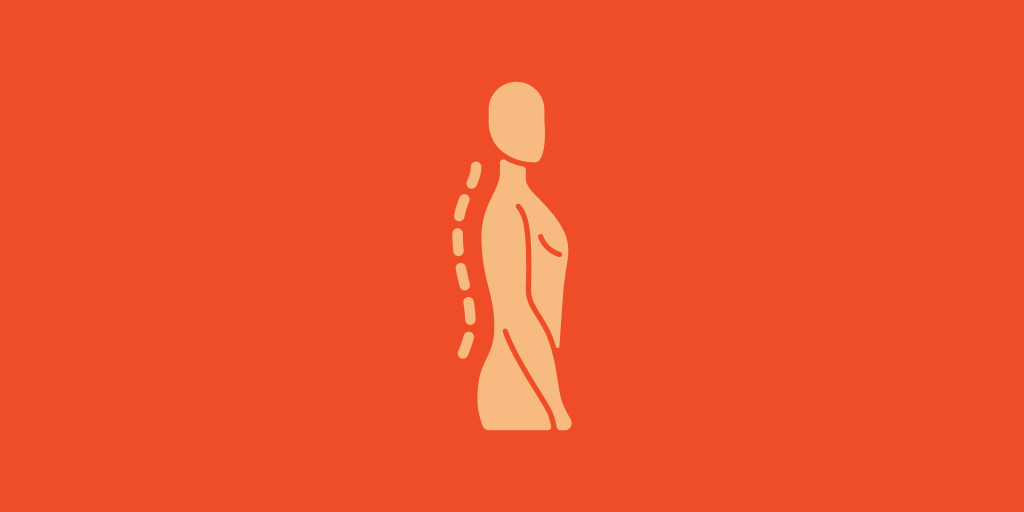Table of Contents
Unlocking flexibility through stretching offers a multitude of benefits that extend beyond physical fitness. From increased mobility to stress relief, this article explores the ten profound advantages of incorporating stretching into your daily routine.
Enhanced Flexibility

Unlocking Potential:
Stretching systematically involves gently lengthening muscles and tendons, which are the tissues that connect muscles to bones. This process allows joints to move more freely and comfortably through their entire range of motion. As a result, your body becomes more flexible, making it easier to perform various movements without discomfort or strain.
Functional Impact:
Imagine reaching for something on a high shelf without feeling tightness or discomfort in your arms or shoulders. Or bending down to tie your shoelaces without any stiffness in your legs or lower back. Stretching helps to make these everyday activities smoother and more effortless. Additionally, when engaging in physical activities like sports or exercise, improved flexibility can enhance performance and reduce the risk of injury by allowing your body to move more efficiently and effectively.
Improved Posture

Alignment Harmony:
Regular stretching plays a key role in achieving better alignment by focusing on muscle groups that directly impact posture. This is especially valuable for people who spend long hours sitting at desks or performing activities that can negatively affect posture over time.
Reducing Tension:
Stretching muscles in the back, neck, and shoulders effectively relieves tension that builds up from prolonged sitting, promoting a more upright and comfortable alignment. This not only helps to alleviate discomfort but also encourages a more natural and balanced posture.
Reduced Muscle Tension and Soreness

Relief Mechanism:
Stretching serves as a natural remedy for muscle tension and soreness. By lengthening muscle fibers, stretching assists in releasing accumulated tension, promoting greater muscle relaxation and comfort.
Recovery Aid:
Incorporating stretching into your routine after exercise helps eliminate waste products such as lactic acid that can build up during physical activity. This speeds up the muscle recovery process, alleviating stiffness and soreness and allowing for quicker restoration of muscle function.
Increased Blood Circulation

Circulatory Boost:
Stretching stimulates blood flow to different parts of the body, facilitating efficient delivery of nutrients and removal of waste. This enhanced circulation supports overall cardiovascular health by ensuring vital organs receive the oxygen and nutrients they need to function optimally.
Energy Flow:
Improved blood circulation resulting from stretching also leads to better oxygenation of tissues. This increased oxygen supply provides a natural energy boost, leaving you feeling more invigorated and alert. Additionally, adequate oxygenation supports cognitive function, enhancing mental clarity and concentration.
Stress Reduction and Relaxation

Mind-Body Connection:
Stretching activates the parasympathetic nervous system, prompting a relaxation response. This link between physical movement and mental well-being makes stretching a valuable tool for reducing stress and promoting relaxation.
Mindful Practice:
By integrating deep breathing and mindfulness techniques into stretching routines, you can enhance the relaxation benefits even more. This approach fosters a sense of tranquility and mental clarity, allowing you to fully immerse yourself in the present moment and alleviate stress effectively.
Joint Health and Lubrication

Joint Mobility:
Stretching plays a vital role in maintaining joint health by promoting the production of synovial fluid. This fluid acts as a natural lubricant for joints, reducing friction and improving overall joint mobility.
Preventing Stiffness:
Consistent stretching routines are essential for preventing the stiffness that can develop when joints do not have adequate lubrication, which becomes increasingly important as individuals age. By keeping joints flexible and well-lubricated, regular stretching helps maintain mobility and reduces the risk of discomfort or injury.
Enhanced Athletic Performance

Pre-Activity Preparation:
Before engaging in physical activity, performing dynamic stretching exercises is crucial for preparing muscles and joints. Dynamic stretching involves moving parts of your body through a full range of motion in a controlled manner, effectively warming up the muscles and increasing blood flow to the tissues. This preparation helps to reduce the risk of injury during exercise by enhancing flexibility and improving joint mobility.
Increased Efficiency:
The benefits of dynamic stretching extend beyond injury prevention. By enhancing flexibility and expanding the range of motion, dynamic stretching optimizes movement efficiency during athletic pursuits. This means that athletes can execute their movements with greater precision and fluidity, resulting in improved performance outcomes. Additionally, increased flexibility allows muscles to generate more power, contributing to overall athletic prowess.
Mind-Body Awareness

Connection Cultivation:
Before starting physical activity, dynamic stretching is essential to prepare muscles and joints. This type of stretching involves controlled movements that simulate the actions required during the upcoming exercise, effectively priming the body and reducing the risk of injury.
Holistic Wellness:
Regular stretching fosters a strong connection between the mind and body, promoting a holistic approach to wellness. By recognizing and nurturing the relationship between physical and mental well-being, stretching contributes to overall health and vitality. This integrated approach acknowledges that physical fitness is not just about the body but also encompasses mental clarity, emotional balance, and spiritual harmony.
Pain Prevention

Tension Release:
Stretching is effective in alleviating muscular imbalances, which can help reduce strain on joints and prevent the onset of chronic pain conditions.
Chronic Pain Support:
For those grappling with chronic pain, incorporating targeted stretching into their routine under the supervision of healthcare professionals can play a crucial role in managing pain effectively.
Mood Boost

Endorphin Release:
Stretching, especially when combined with deep breathing, stimulates the release of endorphins, the body’s natural feel-good hormones. This leads to an uplifted mood and a feeling of relaxation.
Positive Mindset:
Integrating stretching into daily routines serves as a mindful break, providing a momentary escape from everyday stresses and fostering a positive outlook on life.
In the quest for holistic well-being, the advantages of stretching extend beyond the physical realm to encompass mental health as well. Serving as a versatile practice accessible to individuals of all ages and fitness levels, stretching proves to be a straightforward yet potent tool for fostering flexibility, alleviating tension, and nurturing a harmonious union between the body and mind. Whether undertaken independently or woven into daily routines, stretching unveils a pathway to heightened vitality, aligning the body for a lifelong journey toward wellness.
Also Read: Empowering Longevity with Mediterranean Diet: Unveiling the 10 Essential Treasures
Quick Answers
Can stretching prevent injuries?
Learn how incorporating stretching into your fitness routine can help prevent injuries by improving flexibility, range of motion, and muscle function.
How often should I stretch to see results?
Discover the optimal frequency and duration of stretching sessions to maximize the benefits and see noticeable improvements in flexibility and overall well-being.
Is it necessary to warm up before stretching?
Understanding the importance of warming up before stretching to prepare your muscles and prevent injuries. Learn effective warm-up techniques to incorporate into your routine.
Can stretching help with back pain?
Stretching can reduce back pain by promoting flexibility, improving posture, and reducing muscle tension in the back and surrounding muscles.
Can stretching improve flexibility as we age?
Regular stretching can help maintain and improve flexibility as we age, promoting better mobility, balance, and independence in daily life.
